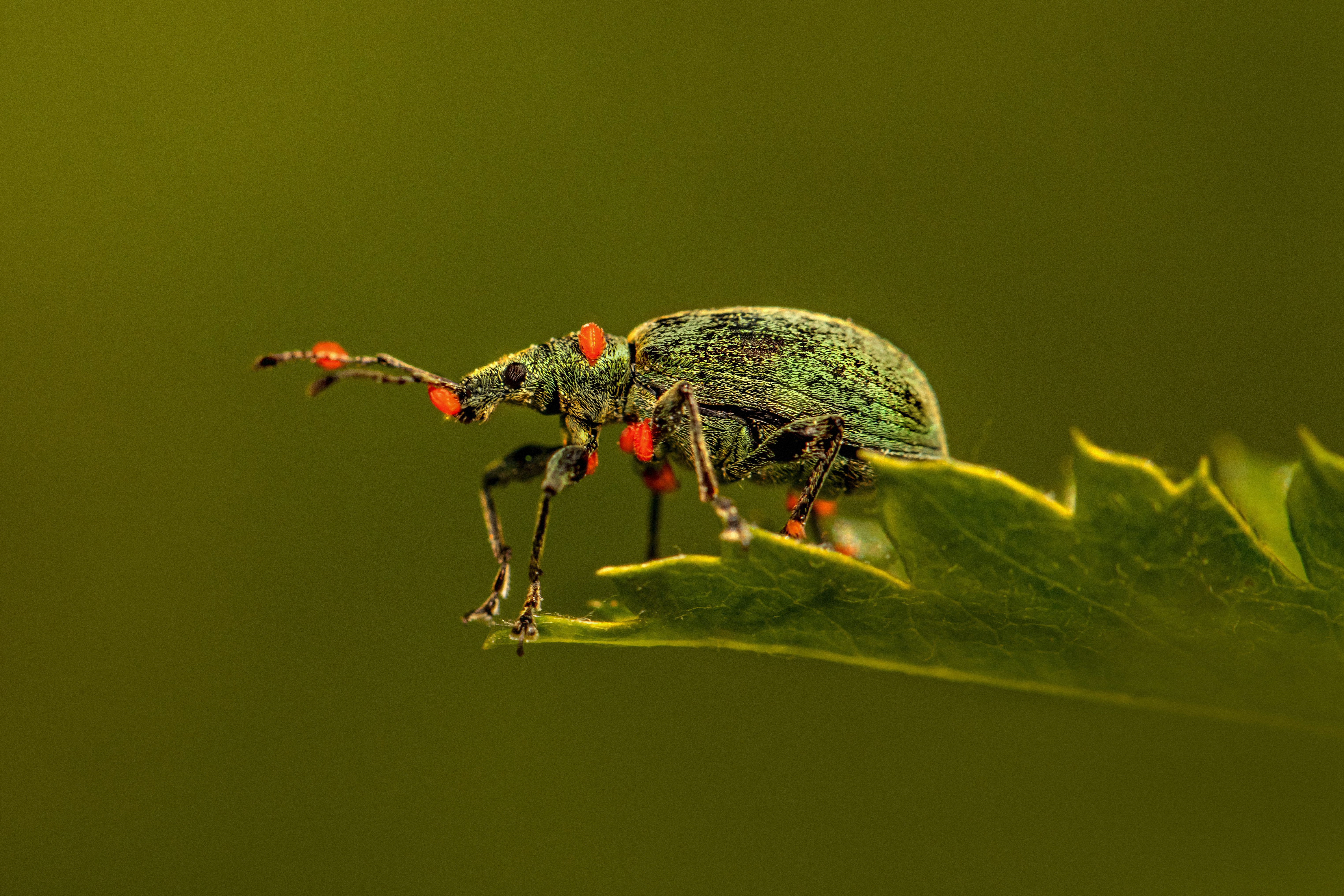On : My Rationale Explained

Printing technology has come a long way over the years, and one of the most popular methods is inkjet printing. This technique allows for high-quality, vibrant prints on a wide range of materials, including plastics. However, not all plastics are created equal when it comes to inkjet printing. In this guide, we will explore the different types of plastics that are compatible with inkjet printing and provide some tips for achieving the best results.
Understanding Inkjet Printing Plastics
When it comes to inkjet printing, not all plastics can handle the high temperatures and fast drying times associated with this technology. Therefore, it is crucial to choose the right type of plastic for your printing needs. Here are some commonly used plastics in inkjet printing:
1. Acrylic: Acrylic is a popular choice for inkjet printing due to its versatility and excellent printability. It offers good clarity and a smooth surface, making it ideal for applications where aesthetics are important, such as signage, displays, and point-of-purchase materials.
2. PETG: PETG (polyethylene terephthalate glycol) is another plastic that is well-suited for inkjet printing. It has good chemical resistance, durability, and thermal stability, making it suitable for applications like packaging, labels, and promotional products.
3. PVC: PVC (polyvinyl chloride) is a widely used plastic that offers excellent printability and durability. It is often used for applications like banners, decals, and window graphics.
Tips for Achieving Optimal Results
Now that you are familiar with some of the plastics suitable for inkjet printing, let’s explore some tips to ensure optimal results:
1. Surface Preparation: Before printing, it is essential to properly clean and prepare the surface of the plastic. Any dust, oil, or other contaminants can affect the ink adhesion and print quality. Use a mild detergent or a specialized plastic cleaner to remove any debris, and ensure the surface is completely dry before printing.
2. Ink Selection: The type of ink you choose can greatly impact the print quality and durability. Make sure to select inks specifically formulated for plastic substrates. These inks are designed to adhere to the surface of the plastic and resist fading, smudging, and scratches.
3. Print Resolution: Adjusting the print resolution is crucial for achieving sharp and vibrant prints. Higher resolutions provide more detail, but they also require more ink, resulting in longer drying times. Find the right balance between resolution and print time to achieve the desired results.
4. Print Speed: The speed at which the printer operates can also affect the print quality. Slower print speeds allow the ink to dry more thoroughly and result in sharper prints. Experiment with different speeds to find the optimal setting for your specific plastic substrate.
5. UV Protection: If your prints will be exposed to sunlight or other UV sources, consider using plastics with built-in UV protection. This helps prevent fading and discoloration over time, ensuring your prints maintain their vibrancy for longer.
Final Thoughts
Inkjet printing on plastics opens up a world of possibilities for various applications ranging from labels to displays. By selecting the right type of plastic and following these tips, you can achieve high-quality prints that meet your specific requirements. Remember to always test your printing setup before producing large quantities to ensure the desired results.
Overwhelmed by the Complexity of ? This May Help
This post topic: Real Estate
